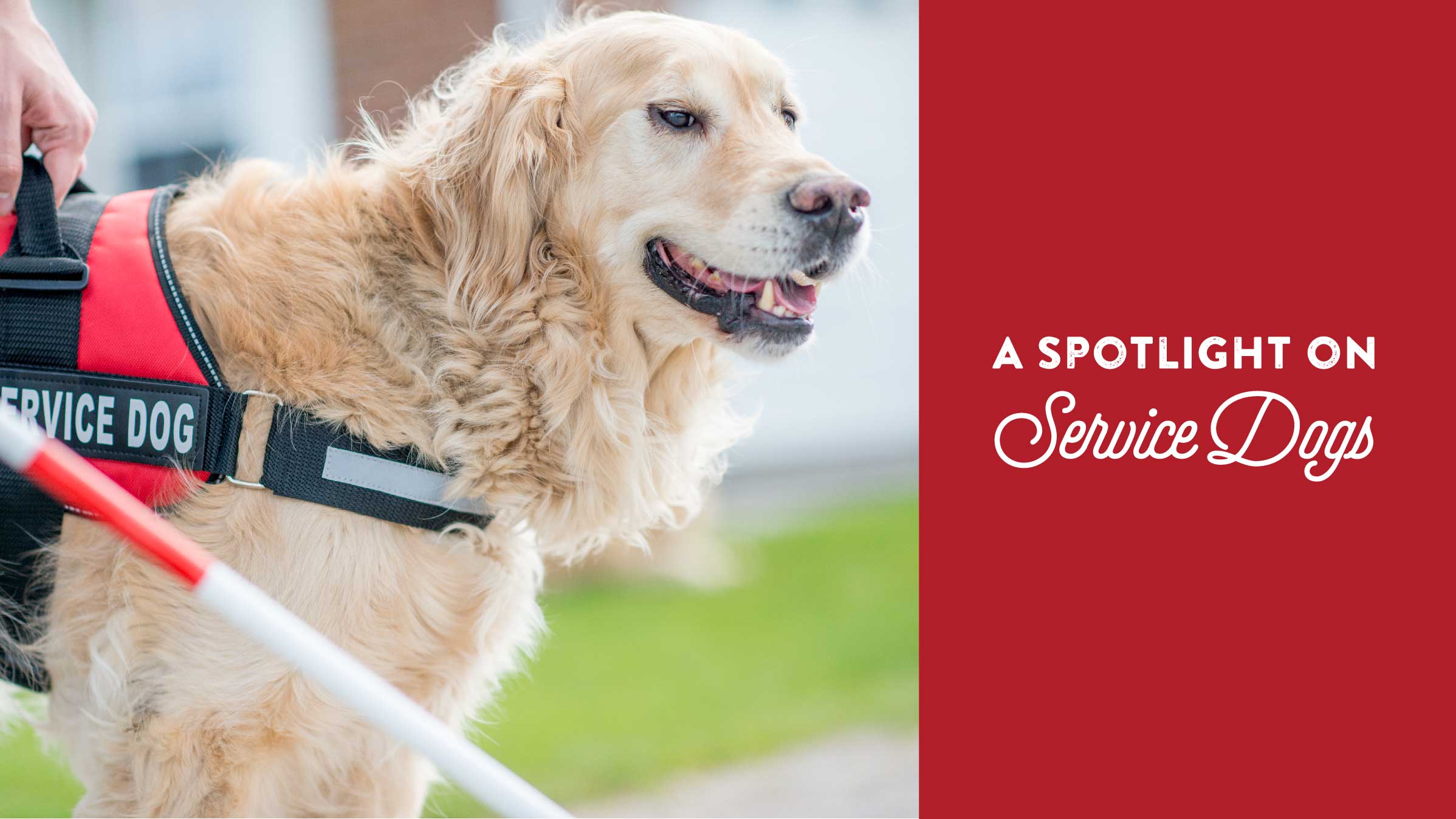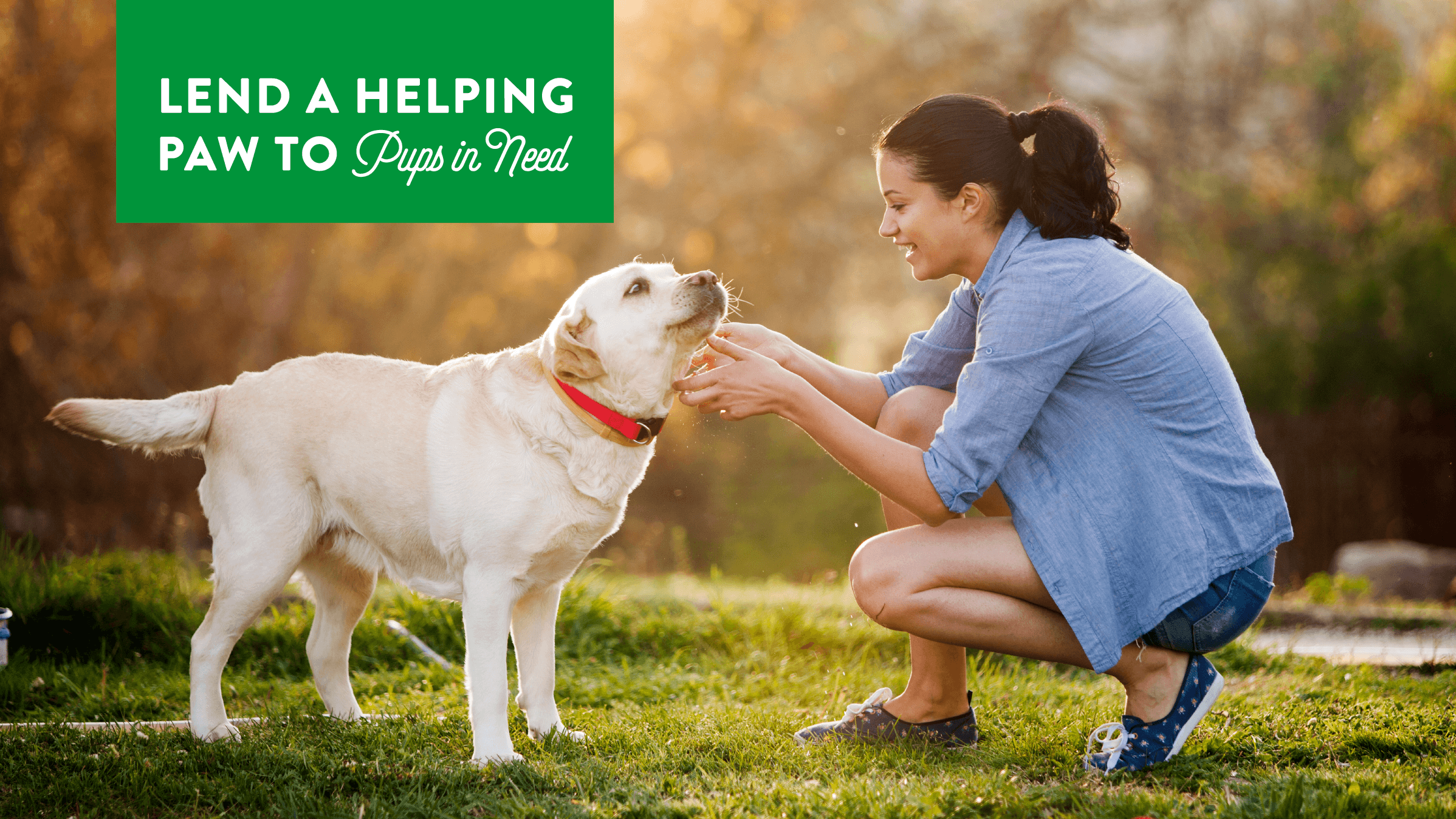When you think of a hero, a service dog may not immediately come to mind, however service dogs are changing the lives of millions of people every day. In the U.S. alone, there are approximately 500,000 service dogs currently helping people with everything from seeing and hearing to detecting allergens in the air. Their ability to perform a variety of tasks and alert their owners of danger has made it possible for people with disabilities or impairments to live independently and overcome challenges. Despite their important role, service dogs are not often given the attention they deserve. Check out this list to learn more about service dogs.
There are many different types
Many people might associate service dogs with guiding those who are visually impaired. While many service dogs take on a sight assistance role, there are a variety of service dog duties.
- Guide Dogs-Lead visually impaired and blind people around obstacles
- Hearing Dogs-Alert their human to noises, such as alarms, doorbells or crying babies
- Mobility Assistance Dogs-Bring objects to people, press buttons on automatic doors, serve as a brace for people who are ambulatory or even help pull a wheelchair up a ramp
- Diabetic Alert Dogs-Provide independence and security by alerting to chemical changes in their handler’s blood sugar through scent
- Seizure Response Dogs-Trained to help a person experiencing an epileptic seizure
- Psychiatric Service Dogs-Assist people who are suffering from depression, anxiety and post-traumatic stress disorder
- Autism Support Dogs-Help provide a sense of predictability as children with autism navigate social settings, including school
- FASD Service Dogs-Support children who were exposed to alcohol prenatally and have been diagnosed with fetal alcohol spectrum disorders
- Allergy Detection Dogs-Trained to sniff out and alert to the odor of allergens, such as peanuts or gluten
They can be any color, size and breed
While Labrador Retrievers, German Shepherds and Golden Retrievers are most commonly associated with being service dogs, many breeds are trained to assist humans. As long as they have the proper temperament, good health, structure and physical capabilities, they can be a service dog.
Their owners have specific rights
The law states that service dogs are allowed in any area of public access to accompany their owners. This means that they can enter locations even where dogs are not typically permitted, such as grocery stores and schools.
Service dog owners can only be asked two questions
If it isn’t obvious that a dog is a service dog, employees of businesses can only ask two questions:
- Is the animal required because of a disability?
- What work or tasks has the dog been trained to perform?
This helps prevent discrimination of those with service dogs.
Therapy dogs also help people in need
While therapy dogs are not legally given the same rights as service dogs, they can still provide support. Pet Partners is an organization that trains pets and their owners how to serve as therapy animals. They typically visit hospitals, schools, libraries and other locations to provide comfort for children, veterans and other people in need. Do you think your dog would make a good therapy animal? Take this quiz to find out more!



